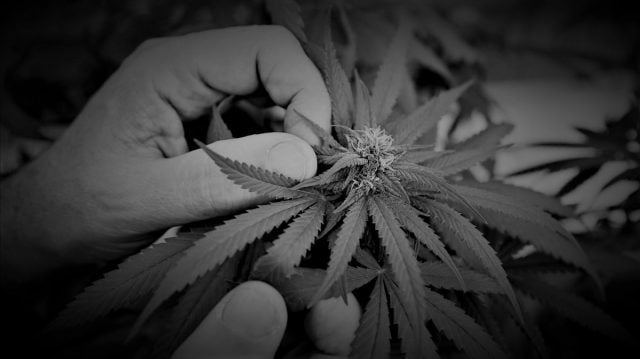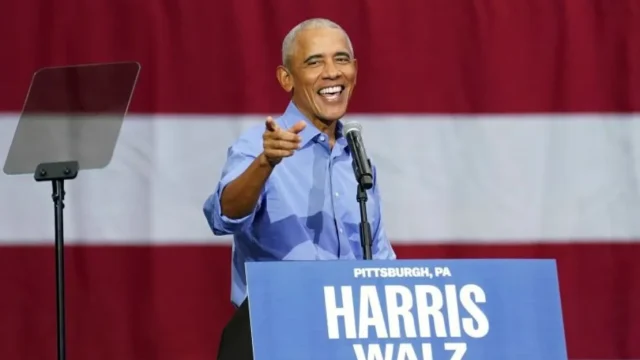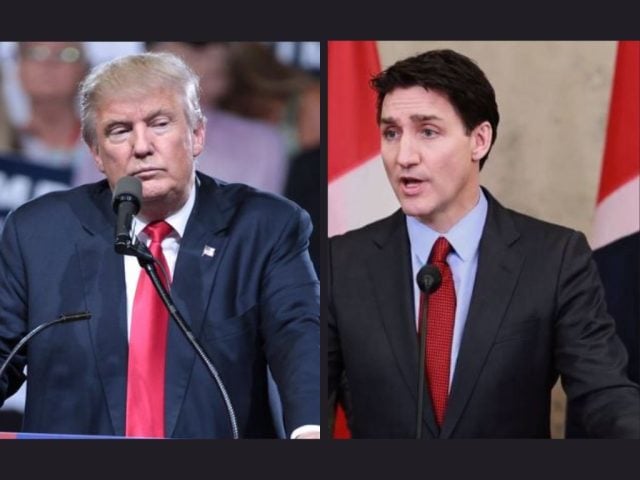This past week, two Latin American countries made progress toward legalizing the consumption and self-cultivation of cannabis. Of course, it is always specified that it is for medicinal and recreational purposes. Before, only four countries in the region had taken concrete steps in this direction.
The most recent to do so was Mexico. This Thursday, the Senate approved the legalization and decriminalization of marijuana for medicinal and recreational uses. The bill, that will go to promulgation, is known as the Federal Law for the Regulation of Cannabis.
With 82 votes in favor, 18 against and seven abstentions, the legislative framework was approved. Its function is to regulate the cultivation, production, distribution, sale and consumption of marijuana. Although, it must first go through the Chamber of Deputies for review and approval, on December 15.
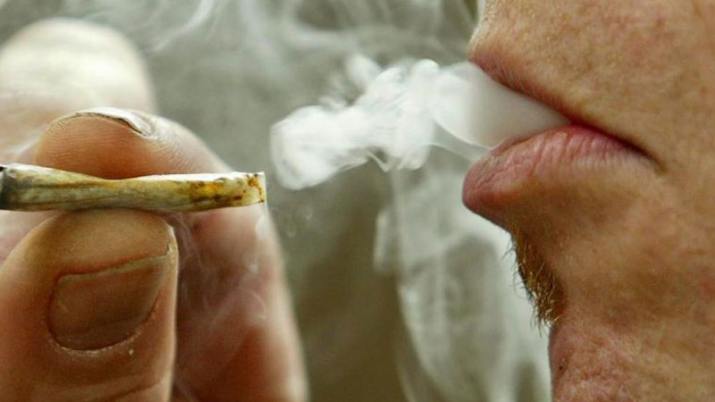
This is how cannabis was approved in Mexico
Last March, the Senate had already rejected a proposal for the legalization of marijuana. As a result, several groups began to work and rewrite some articles for the law so that it would be approved.
Now, the new framework reforms and adds various provisions to the General Health Law and the Federal Penal Code. Likewise, it allows the possession of 28 grams of marijuana to adults, and between six to eight plants per home.
The law is made up of 64 articles and 16 transitory articles. Its approval creates the Mexican Institute for the Regulation and Control of Cannabis, which will be decentralized from the Ministry of Health. This entity will be in charge of issuing licenses for the cultivation, production, distribution and sale of marijuana.
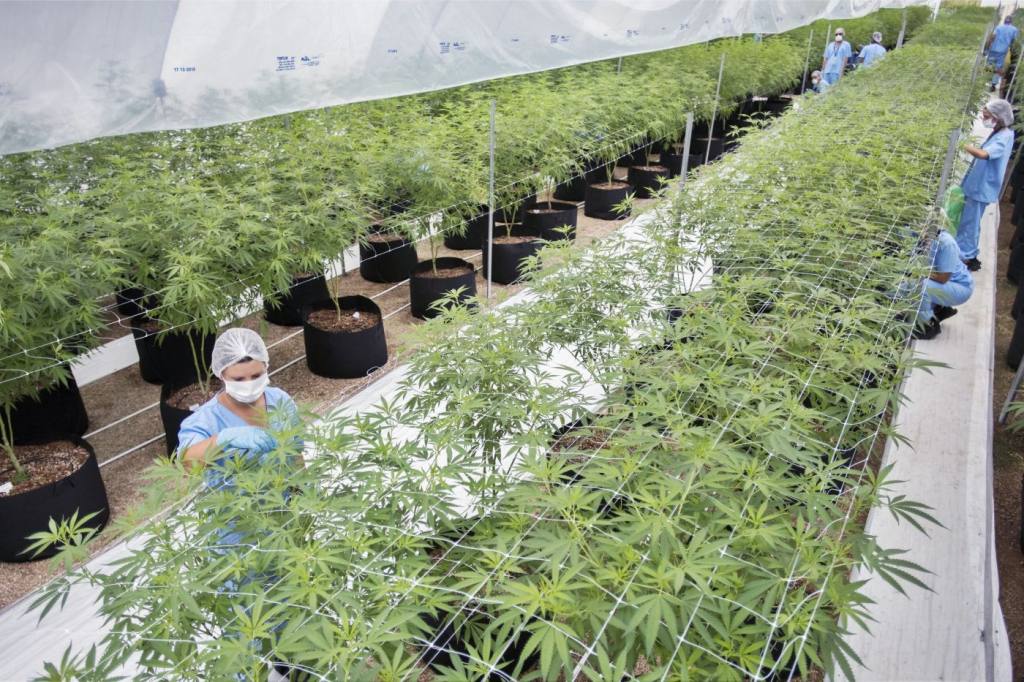
In its first article, it is stipulated that the law seeks to «improve the living conditions» of citizens, and «contribute to reducing the incidence of crime linked to drug trafficking».
This law is a promise of President Andrés Manuel López Obrador, who came to power in 2018 defending the legalization of marijuana and other drugs. It is part of his «strategy to fight organized crime and drug trafficking».
Cannabis use may occur in a home, as long as there are no minors present. In addition, it is prohibited in work areas, whether public or private. As for the sale, it can be carried out in authorized establishments.
Finally, in reference to medicinal use, the recently approved legislative framework will be governed by the General Health Law. People over 18 may consume, grow and carry marijuana with a permit issued by this institute.
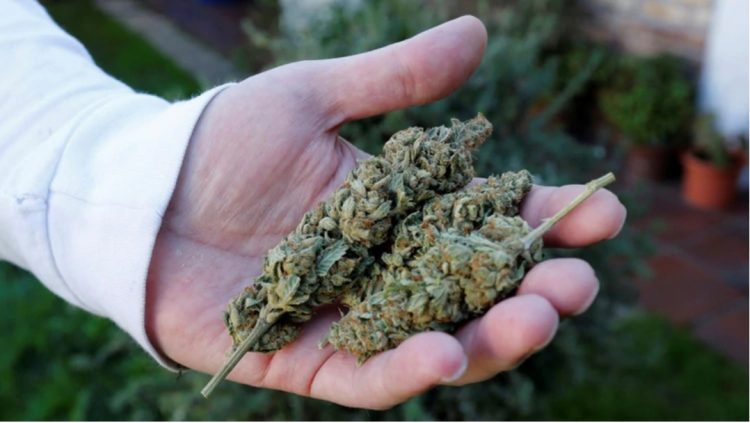
Argentina pro cannabis
Argentina recently became the fifth country to approve access to cannabis for medicinal purposes, under the option of self-cultivation.
In this regard, the journalist Mariano Beldyk wrote an interesting article on the subject. In it, he discussed how those five countries – that make up this club – have managed to advance on the medicinal benefits of this plant.
The article, published in Perfil, explains that, beyond the political obstacles that conservative governments impose on projects that move in this direction, December could be a key month to repair the stigmas created against Cannabis in the international community.
For this, the UN has in its hands the possibility of defining the delayed withdrawal of this plant from the most restrictive list of drugs. Clearly, one of the biggest bureaucratic obstacles for those who do not accept the therapeutic properties of this plant has already been eliminated.
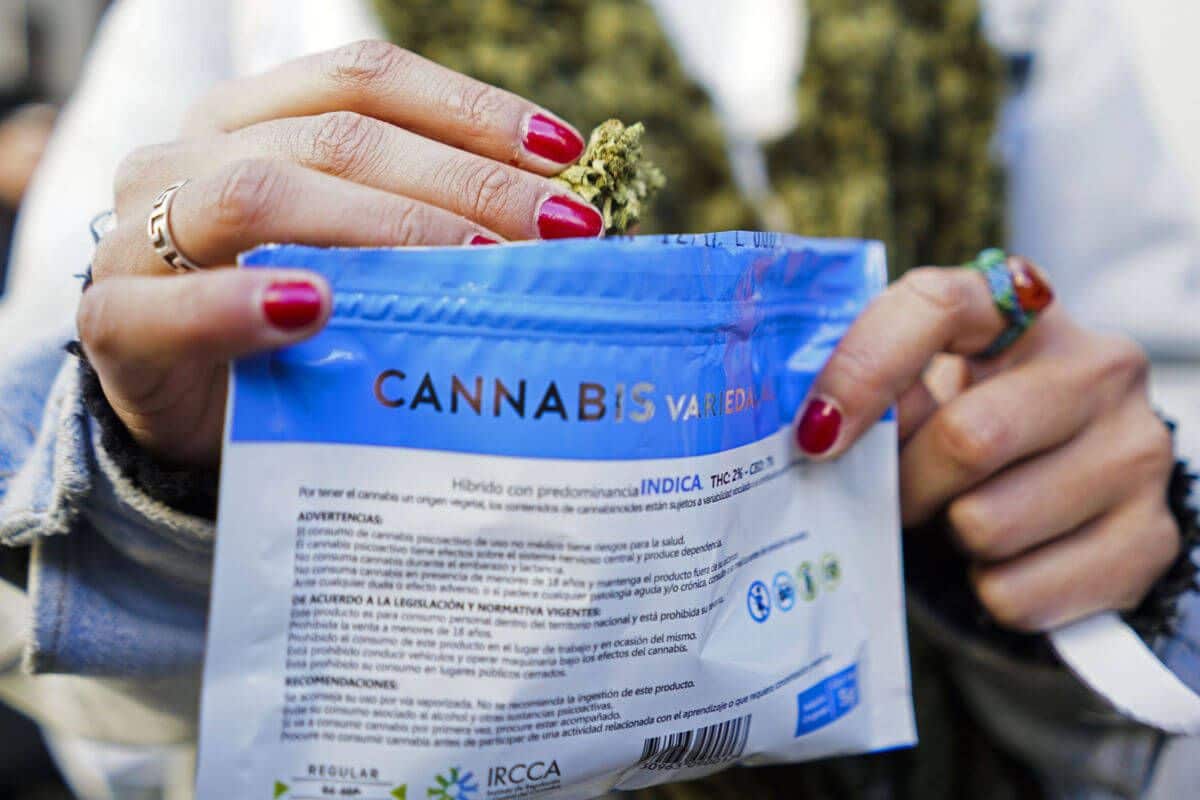
Following the impulse of Uruguay, in 2013, a large part of the region made progress in the decriminalization and legalization of cannabis. In recent years, disparate modalities have emerged – tenders, state provision, self-cultivation and clubs – and limitations – allowed number of plants per person or products in pharmacies or dispensaries, per case.
Colombia, Chile, Paraguay, Uruguay and now Mexico, allow self-cultivation, just as Argentina does. Meanwhile, Ecuador, Peru and Puerto Rico endorsed the therapeutic use but they do not contemplate the possibility of personal harvests.
For those who militate for greater «liberalization», the ruling approved in Argentina is not as flexible as it is presented. Beldik explains that it is questioned because it favors large producers over domestic crops.
Even so, they voted it as the best option available in the previous instances before the Senate. Then, the pandemic paused the half sanction of the plenary session, scheduled for April 30, and could be carried out in December.
:quality(70)//cloudfront-us-east-1.images.arcpublishing.com/semana/E6YSCM4TLVAXPDHHVE4DWK4JVA.jpg)
Uruguay was a pioneer
The case of Uruguay is, without a doubt, the one that represented a break in the paradigm for the region and the world. In 2013, it approved the use of cannabis for therapeutic and recreational purposes, with the possibility of self-cultivation.
According to the latest update of the Institute for the Regulation and Control of Cannabis, corresponding to October 20, 2020, there are 42,614 registered for purchase in the 14 authorized pharmacies.
Meanwhile, at least 9,106 people registered to cultivate at home. Also, about 4,939 did so as members of grow clubs. In addition, the State granted 19 licenses of this type along with another 15 for industrial purposes.
At the continental level, Canada is the other example of a country that adopted its recreational use in 2018, following Uruguay’s footsteps. It is even the only member of the G7 to allow it, after conceiving the therapeutic purpose 17 years earlier.

There was a media boom that predicted millionaire investments to turn Canada into a huge cannabis field. Even rapper Snoop Dogg was interested in landing with his well-known brand Leafs by Snoop. In the end, he did, but the promised gold never happened.
The United States is not far behind in the neighborhood. To the question about whether or not to legalize cannabis, Arizona, New Jersey, Montana and South Dakota said “Yes” in their respective referendums. These were held in parallel with the recent elections, but did not end as tightly as the presidential election.
In this way, they joined the country’s capital, Washington, and eleven other states that already allowed that possibility. Those entities are Illinois, Vermont, California, Alaska, Colorado, Washington, Maine, Massachusetts, Michigan, Nevada, and Oregon. «Specialists believe that New York and Pennsylvania could go in the same direction», explains Belik.
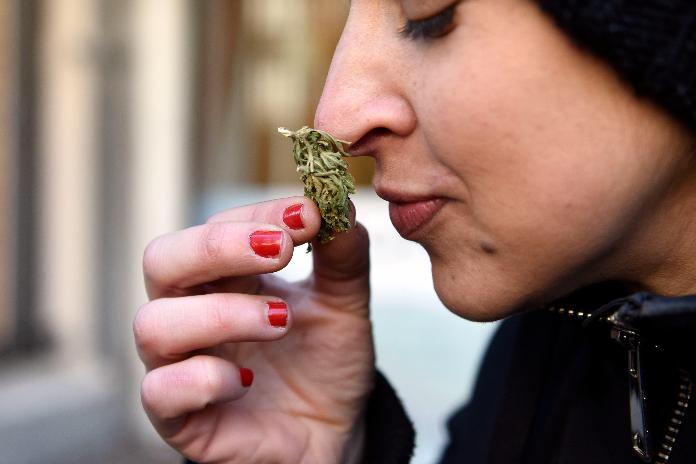
Legal cannabis on other continents
Germany, Denmark, France, Australia, Italy, Luxembourg, New Zealand, the Netherlands, the Czech Republic, the United Kingdom, South Africa, Thailand, and Sri Lanka are nations with a more liberal outlook on cannabis.
In many other countries political obstacles persist and, if thats not the problem, there are bureaucratic obstacles. All are related to the international classification of this plant as one of the most dangerous drugs.
For example, nine Latin American countries do not allow cannabis under any circumstance, not even medicinal. These are Bolivia, Brazil – its main market, according to the Cannabis in Latin America: The Regulations and Opportunities report – Cuba, Guatemala, Honduras, Nicaragua, El Salvador, the Dominican Republic and Venezuela.
Cannabis is still illegal in these countries. In some cases there are even law initiatives and campaigns with varying degrees of maturity to modify the prohibition. Panama and Costa Rica are the closest to changing their conception.

Currently, cannabis is on two of the lists of narcotic drugs according to the United Nations classification. In the I, where their therapeutic power is recognized, and in the IV, where are those considered more restrictive.
For example, cannabis coexists there with heroin, causing hundreds of thousands of deaths in the United States alone. This is known as the «opiate epidemic.»
In March, and following a recommendation from the World Health Organization, through its Committee of Experts on Drug Addiction, the UN was going to eliminate cannabis from List IV.
But, in the end, the decision by the Commission on Narcotic Drugs, was postponed until the last month of 2020. The eyes of the pro-cannabis world are now on December.
